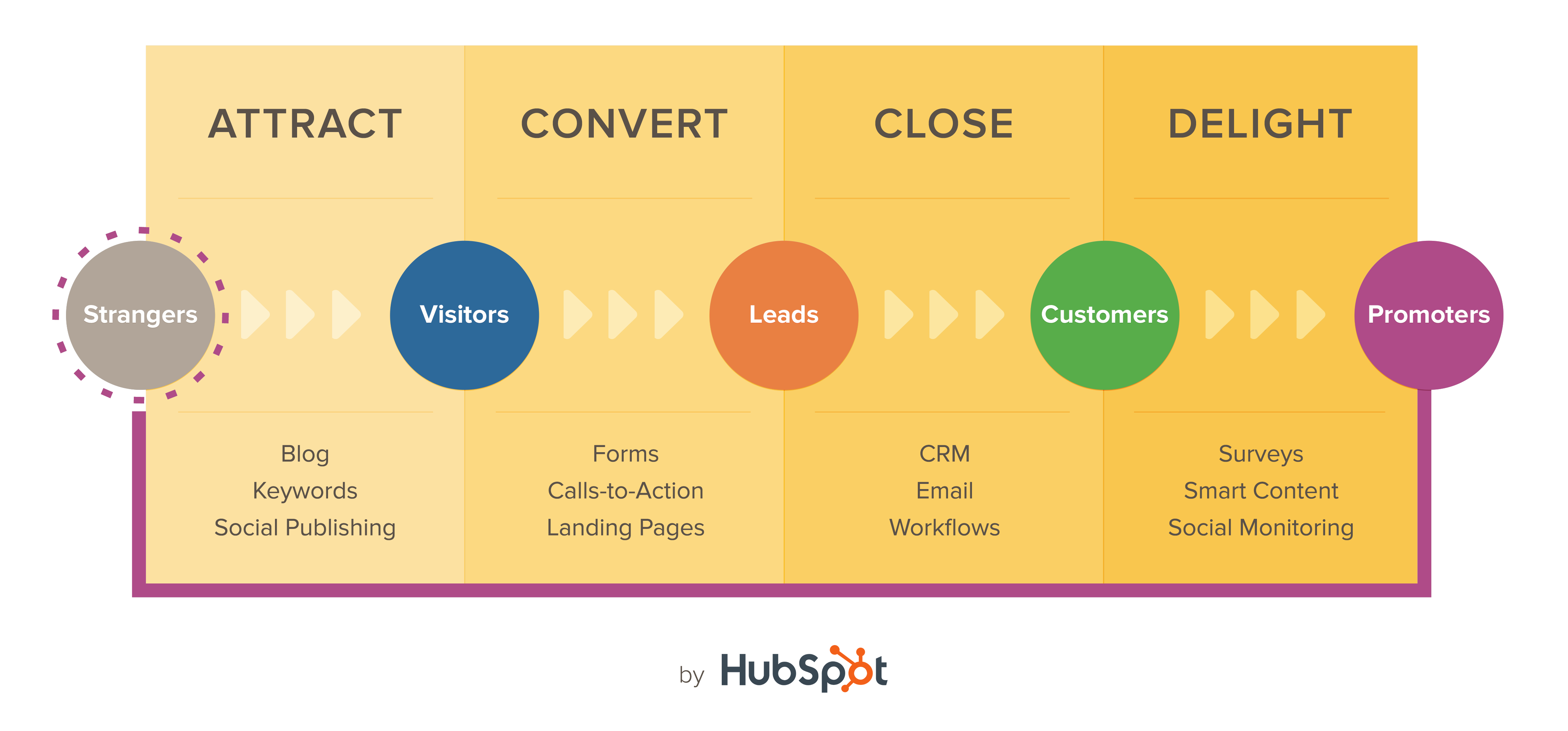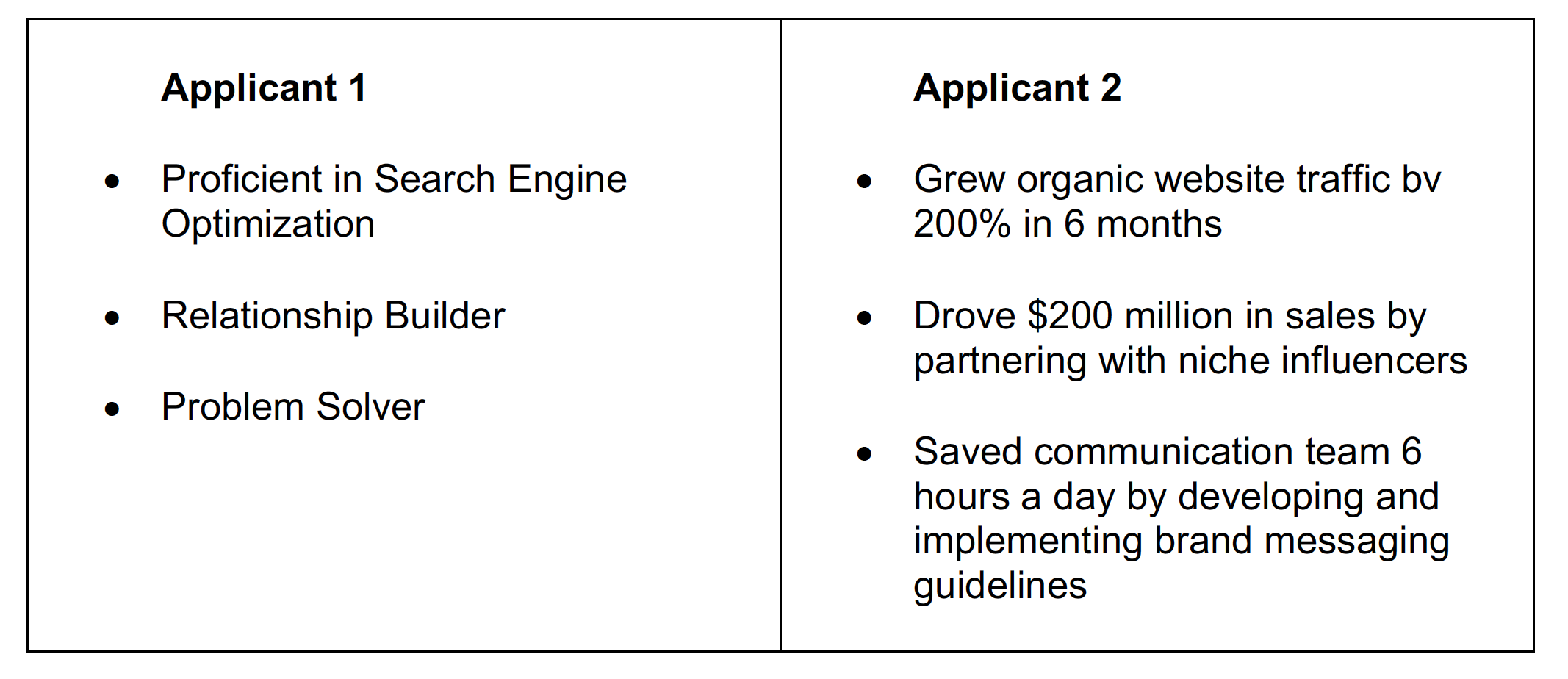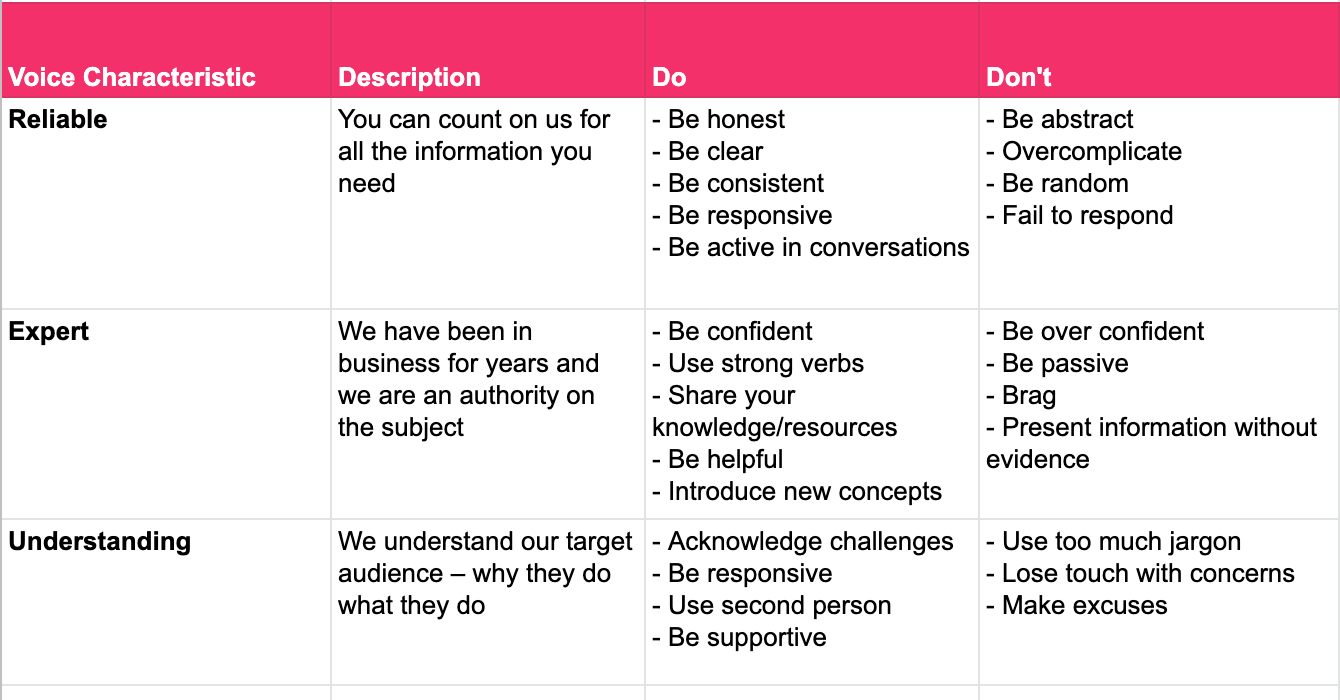Brand Message Strategy: A 4-Step Process to Connect, Engage, and Convert Your Audience
August 25, 2020 at 4:24 PM

Are you setting out to create a brand messaging strategy for your business or organization?
Woohoo! You're taking the right step forward. The words you choose when writing or speaking about your brand matter a lot.
Everything you write supports your funnel. Whether it's your web pages, blog posts, social media posts, white papers, infographics, e-newsletter or video scripts, every message relates to your goals.
Some of these messages build awareness�they attract and pull your audience in. Other messages engage, build trust and compel your audience to act. They all need to be selected carefully and deliberately in order to stand out from the "noise" in the marketplace.

Nailing down specific brand message guidelines will help you achieve your goals in the most effective way. Additionally, developing a strategy is essential for your internal team. It will help you:
- Ensure your team is on the same page when it comes to writing and speaking on behalf of the company
- Cut down on time editing, rewriting, and getting message approvals from leadership
- Be consistent and adaptable across all message channels
But, it's common to get stuck and not know where to start.
You may know your offering is amazing, helpful, valuable, and different, but you need help finding the right words to connect with the right people and convert them.
Over the past three decades, we have worked with many clients that face the same challenge. Internal stakeholders understand the value of their offering, but they need to bring their target audience to the same conclusion to accelerate their growth.
Let's take a look at the 4 steps you need to take to build a brand message strategy to connect, engage and convert your audience:
Step 1: Set a Positioning Foundation
Before you start writing any brand messaging, you need to develop a positioning strategy.
Positioning provides a frame of reference for what sets your brand apart from the rest and makes your offering's benefit obvious to your prospects.
If you were to compare building a brand messaging strategy to building a house, your positioning is the foundation that all of your messaging will be built upon.

Without the positioning, you have no groundwork to build off of and your messaging will not have the support it needs to be effective and consistent.
The exercises outlined below will set a strategic foundation for consistency and help develop a consensus among key stakeholders regarding who you are and what benefits you provide to your prospects.
Here are the 4 components you need to gain clarity on and easily communicate across your organization:
1. Identify Competitors
If your brand didn't exist, who would your audience turn to instead? Make a list of the other solutions in your market space and the strengths and shortcomings of their solutions.
2. Zero in on Tangible Differentiators
What key tangible features/attributes make you unique and different from your alternatives? Think about your service, your expertise, your processes, your business relationships, your business model, and your key ingredients.
3. Capture Your Unique Value
How do these differentiators benefit your audience? What value do they bring? Your target audience doesn't really care about your unique features, they care about how those features benefit them. Your positioning needs to be centered on your value.

Imagine it this way: you are the HR manager at a company who is in charge of hiring a new employee. Applicant 1 lists all of their relevant skills and Applicant 2 lists all of the relevant ways their skills will be of value to your company.

So, which applicant would you rather hire? The choice is pretty obvious. Your audience is looking at your brand from a similar perspective of the HR manager.
Think about how you compare to your competition and focus on those differentiated benefits.
4. Determine Your Audience
Who benefits from your offering? What are their demographics? What are their needs? What challenges/pain points are they facing that you solve? What motivates them? What dreams do they have that your offering will help them achieve? List specific audience groups that benefit from your offering and get specific on their personas.
When we build positioning strategies for our clients, we often complete a SWOT analysis and/or a value proposition exercise which can be beneficial to better understand the value and uniqueness of a brand.
Using strategic ideation tools allows for intensive information-gathering which you can then organize and distill to develop your messaging and voice.
Important tip: everyone on your team who is going to be involved in this process needs to be intentionally open-minded and ready to challenge previous assumptions. It can be helpful to bring on an unbiased partner to help you see your value in a new light so you can put it at the center of the positioning.
Step 2: Nail Down a Messaging Framework
Once you have a solid understanding of who you serve, your competition, your differentiators and their value, you can start building your actual messaging framework.
This exercise includes developing a positioning statement and brand voice pillars. It ensures your communications are consistent, targeted, and effective across all channels.
Positioning Statement
This statement puts your unique differentiated value right in the center of everything you do. It declares who you are and sets the context for your prospects that should help them understand what you do, the problem you solve, and why they should care.
The questions you should answer are:
- What is my key unique offering?
- Who are my target audiences?
- How does it benefit them?
- What value does it bring to my audience?
Brand Voice Pillars
Now that you've identified your differentiators, choose three words that describe your brand voice.
What are the three most important benefits of your product or service?
It's helpful to imagine your brand as a person. What characteristics would you use to describe them? Each brand pillar will have supporting characteristics as well. These pillars will really inform how to focus your communications.
Here's a quick example:
- Trustworthy � authentic, transparent, consistent
- Expert � knowledgeable, confident, professional
- Understanding � compassionate, thoughtful, responsive
Step 3: Craft a Key Messaging Document
Once you have a framework in hand, it's time to a create your key messaging document. The goal is to create standard wording that your team can use when writing marketing or sales material. These are concrete examples that ensure everyone at the company is singing the same tune.
Every business's messaging document will meet different needs � but here's some of the most common examples of what should be included:
Tagline
Your tagline is a short, punchy summation that speaks to your audience and gets right to the benefit of your brand.
One-Liner
This is a one- or two-sentence description of what you do. It should focus on what you are and the greatest benefit you deliver. Bonus points for giving a hint about your audience.
Boilerplate Messages
These are informative, engaging summaries of your company. They can be short and sweet or a longer description of your brand depending on its application.
50 words � Sums up your brand, top value point, and where readers can go for more information like website or social channels.
100 words � 1-2 paragraphs, sums up who you are, why you're different, what you offer, and call to action that points readers on to a website or social channels.
Persona Value Messaging
Most brands have a few core personas with different backgrounds, challenges, and needs. This messaging will help tailor your message to different audiences to ensure it meets their specific needs.
For each of your target personas, make a 3-column list:
- Column 1 � List your specific persona
- Column 2 � List key concerns of that persona
- Column 3 � For each concern, list a 1-sentence key message focusing on the benefit of your offering and how it relieves that concern or pain point. Bonus points if you can provide proof/evidence of benefit.
Cross-Channel Messaging
You are probably using multiple channels and touchpoints to interact with your prospects. While your messaging document ensures brand consistency, your messaging also needs to be adaptable. There are differences in the way channels are used by consumers and in the way marketers should utilize them.
Consider providing guidelines for each channel touchpoint, for example guidelines for writing emails, blog posts, website copy, and social media posts.
Talking Points
This will be a cheat sheet for anyone talking on behalf of your brand. This will help them quickly define top priority topics, frequently asked questions, and how to move conversations forward.
Keep it short and simple, focus on how you provide a solution to a pain point and clearly articulate the benefit to the persona.
Brand Voice Chart
One of our favorite tools for organizing and consistently using the same voice is a brand voice chart.

It's a simple chart that is comprised of:
- Voice characteristic: What attributes/adjectives differentiates your business
- Brief description: Expands on the chosen characteristic/adjective and how it reflects your business or organization
- Do: How you should phrase communications
- Don't: How you shouldn't phrase communications
Step 4: Wrap It All Up into a Brand Message and Voice Book
As a last step, bring everything together with a brand message and voice book. Every employee and stakeholder who promotes your brand through interaction with customers, prospects, partners or the media should understand your unique value proposition and be familiar with and follow these guidelines. They are your core brand ambassadors and this book will help them communicate no matter what their role is in the organization.
Now it's time to get moving
We all know change doesn't happen overnight, but be confident in knowing you are moving forward and giving your organization the foundation it needs to grow.
And beyond copy, there are many components to building a successful, trusted brand. We have a solid branding process that has transformed our clients' businesses over the past three decades.
If you need assistance, a little expert help can go a long way. If that's where you are at, reach out to us. We'd love to help take your brand communications to the next level.
Comments
Questions or comments? Join the conversation!